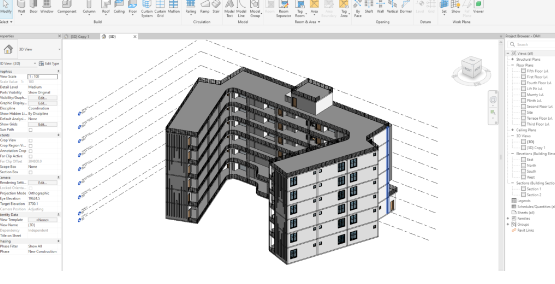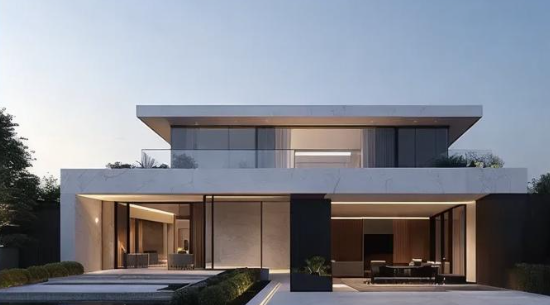When it comes to building projects, whether it’s a new home, office, or skyscraper, construction costs and time are two of the most important factors to consider. Unfortunately, traditional construction methods often lead to unexpected delays and higher costs due to miscommunication, errors, and waste. BIM technology is a powerful solution that can help reduce both time and costs in construction.
BIM uses 3D models to represent a building, but these models aren’t just pictures. They contain valuable information about every part of the building, such as the materials used, the structure, and the building systems like plumbing, electrical wiring, and HVAC. This means everyone involved in the project – from architects to contractors – can see and work with the same detailed model, making it easier to avoid costly mistakes.
One of the biggest advantages of BIM is that it allows problems to be identified early. For instance, if the design has a problem with the layout, such as a door being too close to a wall or a pipe interfering with an electrical system, these issues can be spotted and fixed in the digital model before construction begins. This reduces the chance of mistakes being made on-site, which could delay the project and add extra costs for fixing problems later.


Another way BIM saves money is by helping architects and engineers design buildings more efficiently. By visualizing the entire project in a 3D model, designers can see which materials are needed and optimize the design to reduce waste. For example, if a building’s walls are designed in a way that uses fewer materials or requires less labor, the cost of the project goes down.
In addition to saving money, BIM also saves time. Because the design and planning are so detailed in the 3D model, the construction team can follow the plan more easily and make fewer mistakes. This helps the project move faster, and construction can be completed on time or even ahead of schedule. The digital model also makes it easier to coordinate with other teams, speeding up the entire construction process.
Furthermore, BIM can simulate a building’s performance, like how much energy it will use, how efficiently it will be heated or cooled, and how much light will enter the space. These simulations can lead to more energy-efficient designs that save money on long-term energy costs, adding another level of savings for the building owner. In conclusion, BIM helps streamline the construction process by providing a detailed digital model that everyone can work with. This leads to fewer errors, more efficient designs, and faster construction times. By saving both time and money, BIM is becoming a crucial tool for successful construction projects.